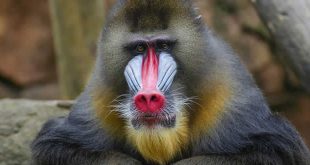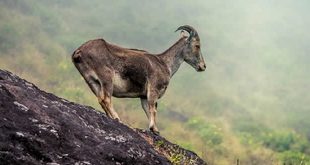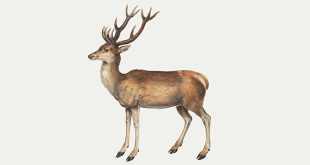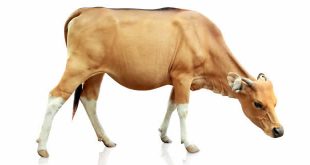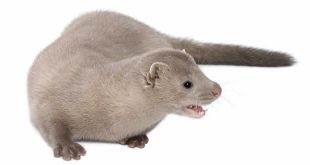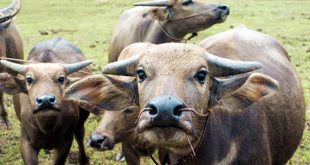 Panda — The giant panda is a mammal classified in the bear family, Ursidae, native to central-western and southwestern China. The panda was previously thought to be a member of the Procyonidae. It is easily recognized by its large, distinctive black patches around the eyes, over the ears, and across its round body. Though belonging to the order Carnivora, the panda has a diet which is 99 percent bamboo. Pandas may eat other foods such as honey, eggs, fish, yams, shrub leaves, oranges and bananas.
Panda — The giant panda is a mammal classified in the bear family, Ursidae, native to central-western and southwestern China. The panda was previously thought to be a member of the Procyonidae. It is easily recognized by its large, distinctive black patches around the eyes, over the ears, and across its round body. Though belonging to the order Carnivora, the panda has a diet which is 99 percent bamboo. Pandas may eat other foods such as honey, eggs, fish, yams, shrub leaves, oranges and bananas.
The Giant Panda is an endangered species. According to the latest report, China has 239 giant pandas in captivity (128 of them in Wolong and 67 in Chengdu) and another 27 pandas living outside the country. It also estimated that around 1,590 pandas are living in the wild. However, a 2006 study via DNA analysis estimated that there might be as many as 2,000-3,000 pandas in the wild. Though reports show that the numbers of wild pandas are on the rise, the World Conservation Union (IUCN) believes there is not enough certainty to remove pandas from the endangered animal list.
While the dragon has historically served as China’s national emblem, in recent decades the Giant Panda has also served as emblem for the country. Its image appears on a large number of modern Chinese commemorative silver, gold, and platinum coins. The species is a favorite of the public, at least in part because many people find that it has a baby-like cuteness. Also, it is usually depicted reclining peacefully eating bamboo, as opposed to hunting, which adds to its image of innocence. Though giant pandas are often assumed docile, they have been known to attack humans, presumably out of irritation rather than predatory behavior. Research shows that in cases in which its offspring may be under threat, the panda may react violently.
The Giant Panda has a black-and-white coat. Adults measure around 1.5 m long and around 75 cm tall at the shoulder. Males are 10-20% larger than females. Males can weigh up to 115 kg (253 pounds). Females are generally smaller than males, and can occasionally weigh up to 100 kg (220 pounds). Giant Pandas live in mountainous regions, such as Sichuan, Gansu, Shaanxi, and Tibet.
The Giant Panda has a paw, with a “thumb” and five fingers; the “thumb” is actually a modified sesamoid bone, which helps the panda to hold bamboo while eating. Stephen Jay Gould wrote an essay about this, then used the title The Panda’s Thumb for a book of essays concerned with evolution, punctuated equilibrium, intelligent design, the Piltdown Man hoax, Down syndrome, and the relationship between dinosaurs and birds among others.
Until recently, scientists thought giant pandas spent most of their lives alone, with males and females meeting only during the breeding season. Recent studies paint a different picture, in which small groups of pandas share a large territory and sometimes meet outside the breeding season.
 Kids Portal For Parents India Kids Network
Kids Portal For Parents India Kids Network
